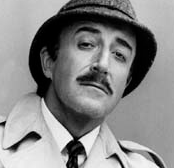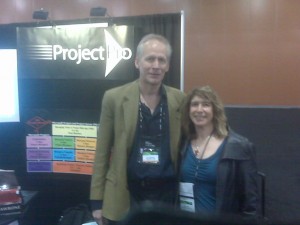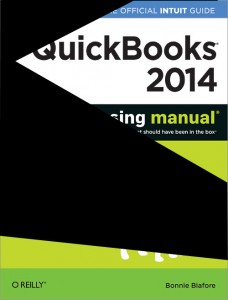What is Excellence in Leadership?
The leadership theme continues — mainly because I attended the 2012 PMI Mile Hi Spring Symposium, whose theme was “Leadership: Winning strategies for achieving project success.” I didn’t yawn once, not even after the great lunch buffet. In fact, I got goose bumps a couple of times.
Pat Williams, Senior VP for the Orlando Magic, gave an inspiring keynote speech about leadership based on his book, Leadership Excellence: The Seven Sides of Leadership in the 21st Century. Although I can take or leave watching professional sports, I admire performers of all ilk — from actors to Cirque du Soleil acrobats to professional athletes. These folks have to perform their best no matter whether they’re injured, didn’t get enough sleep, or face crises in their lives. In team sports as in projects, the team has to perform as a, um, team and that means someone has to lead.
Now, I’m pretty good at getting myself motivated, unstuck, out of ruts, past obstacles. Which is pretty important for someone who’s self-employed. I have had some success motivating teams as I mentioned in an earlier post. However, I am in awe of leaders who can inspire teams to beat overwhelming odds, come back from demoralizing setbacks, and achieve more than they even dreamed possible. I’m getting goose bumps just thinking about it.
So I thought I’d summarize what Mr. Williams says are the seven things that leaders in the 21st century must do to excel.
What are these characteristics of leadership excellence?
1. Vision. No surprise there. What is surprising is how often vision is missing. Vision helps everyone focus. It gives you energy, enthusiasm, and passion for the project at hand. Vision helps you finish, because you know what you’re trying to achieve.
2. Communication. A leader doesn’t have an ice cube’s chance in hell of succeeding if he or she doesn’t communicate well with everyone involved. One of Mr. Williams recommendations is a favorite of mine: Speak to an audience in their language. (If I want my dog Maia to do something, I better be talking duck jerky.) Be clear, concise, and correct. Leaders must be motivational and inspirational. They communicate optimism and hope.
3. People skills. Some people think leaders are in charge. In reality, leaders work for the teams they lead. Leaders must be visible and available. They listen, ask questions, and do what they must to empower people to deliver.
4. Character. Integrity and honesty are crucial. Leaders with character build up their emotional bank accounts (a Stephen Covey concept) with their people. When the going gets tough, teams are willing to work through the issues. Another aspect of character is humility. To me, this links to the idea that leaders work for their teams. Excellent leaders make sure their teams shine.
5. Competence. Although leaders are humble, they must be good at what they do. They build teams, solve problems, sell themselves, and sell their ideas. They are life-long teachers and– so they don’t run out of material– are also life-long learners. Mr. Williams talked about being a life-long reader. He talked about how much reading you can do simply by reading an hour a day.
6. Boldness. Lots of people make decisions. Leaders make the best decisions they can and don’t look back.
7. A serving heart. Leaders gave authority in order to serve. You’ve heard the saying “Power corrupts.” Excellent leaders have power, but don’t fall into using if for their personal gain. They use it to achieve others’ goals, to better the world around them.





